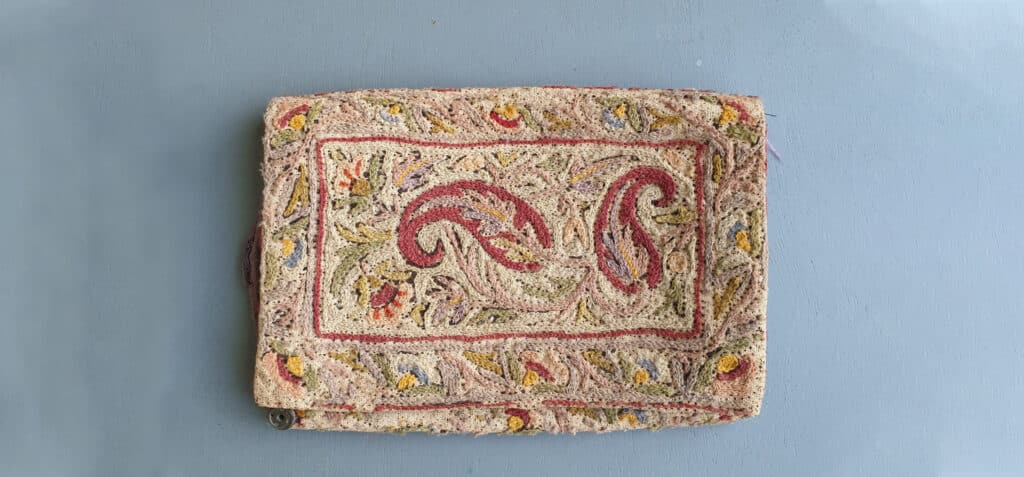Morkha, Taqsim, Aziz – Dates, Division, and Dearness found in A Family Archive
This is my great-grandfather’s journal. He wrote in it over six decades, from the 1920s to the 1970s, and the book reflects that history. He wrote these entries “for remembrance, a brief description of how we live our lives”.



